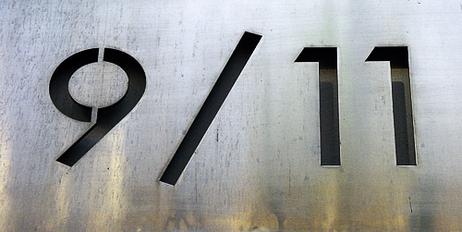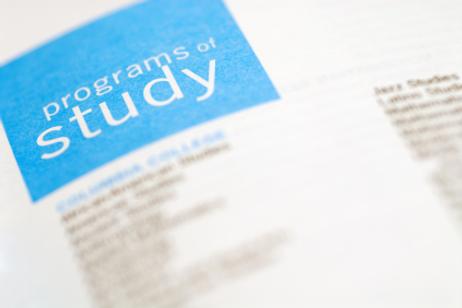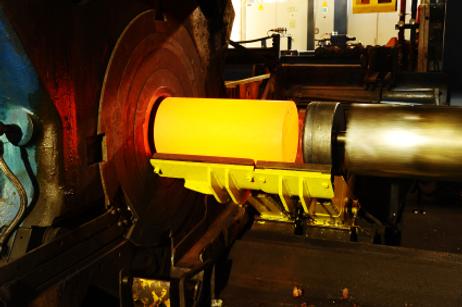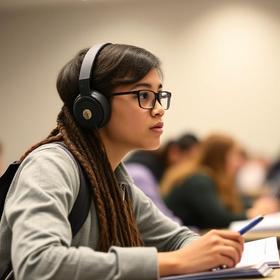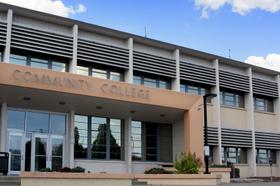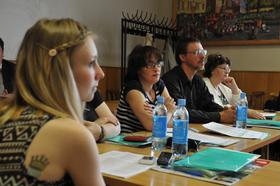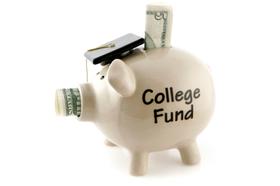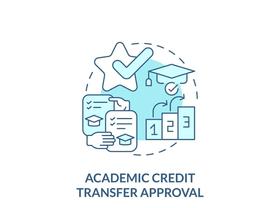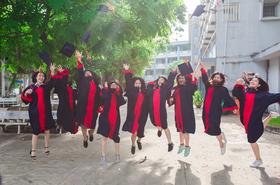The events of 9-11 made their mark on the lives of every American, as well as others around the globe. This year marks the 10-year anniversary of 9-11, and community colleges are finding unique ways to commemorate the date. While many of the events are scheduled for campuses in the state of New York, where the World Trade Center tragedy occurred, other colleges around the country are also hosting events to remember those who lost their lives, family members, first responders, and others whose lives were changed forever on that date. We’ll take you to some of the campuses that are planning special events across the nation.
Cayuga Community College to Display Piece of World Trade Center
Cayuga Community College in New York is proud to be home to one of the few remaining pieces of the World Trade Center today, according to a report at YNN. The school will display an exhibit that includes the artifact, titled the New York Remembers Tribute. The exhibit will also showcase the role played by the college during the events of that fateful day. While emergency crews headed out in mass to save those trapped in the World Trade Center rubble, Cayuga’s NASA Center took in information from satellites on 9-11 and passed that data along to the police and firefighters working at Ground Zero. During the early hours of the tragedy, these photos were the only information workers had to use to navigate the wreckage that just hours

